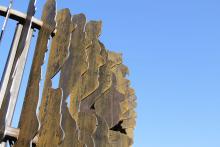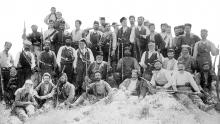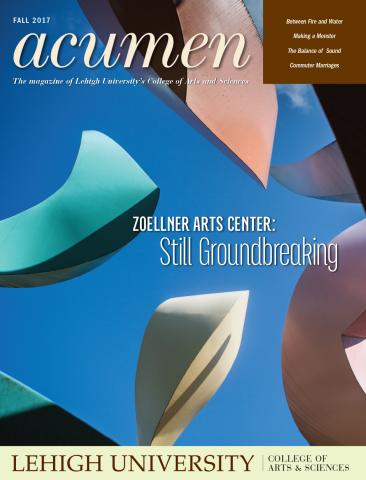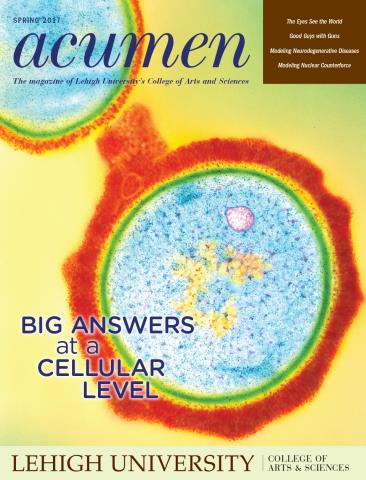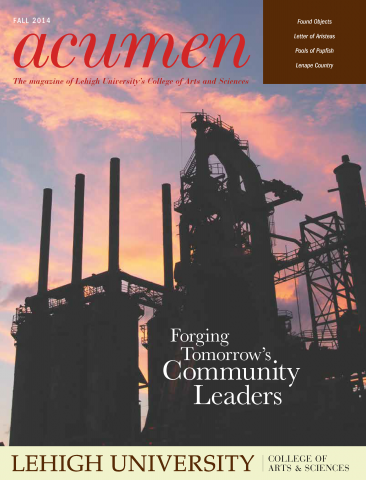
Several explanations of when, by what route and how often archaic humans migrated out of Africa during the Quaternary period have been postulated. The most common theory holds that these hominins (bipeds) migrated to Europe around the eastern side of the Mediterranean Sea, while newer research suggests an alternative route across Northern Africa through locations such as Southern Spain was important in dispersing early humans from Eastern Africa. A team of Lehigh researchers, led by geologist David Anastasio, supports the westerly migration route through Spain and the resulting peopling of Europe.
According to Anastasio, the evidence lies in sedimentary rock comprising the Baza paleolake shoreline, in Southern Spain near the town of Orce. Together with Spanish geologist Josep Parés, Anastasio succeeded in recovering high-resolution timeframes from sedimentary rocks in the region. Rock mineralogy reflects long-term climate changes that are elusive to assess but indicate orbitally driven climate changes that can be used to measure time with high resolution.
The project stems from initial work Anastasio conducted with undergraduate student Monica Powers to analyze sedimentary rock associated with an ancient tooth, thought to be the oldest hominin fossil found in the region. (Please see the story on page 23.) Some 20 years ago, a farmer discovered the ancient molar, and Anastasio and Powers set about determining the tooth’s age. Powers’ analysis determined the tooth was between 1.36 Ma and 1.12 Ma.
Now working with Lehigh archeologist Cameron Wesson, Lucy G. Moses Distinguished Professor in the department of sociology and anthropology and interim dean of the College of Arts and Sciences, Anastasio will return to the region this summer and expand their research to cover both southern Spain and eastern Morocco. In southern Spain, they will conduct a new stratigraphic study strata in the Orce area to refine the absolute age of the Baza paleolake basin. Absolute ages of archeological sites and the stratigraphic section will be determined by electron spin resonance dating. New paleomagnetic and cyclostratigraphic studies will be used for stratigraphic correlation and the refinement of archeological site chronologies. Anastasio says the results will enhance scientists’ understanding of the ages of archeological sites found in the area and the less understood climatic and environmental variations that possibly drove human occupation in the region.
The team will also travel to eastern Morocco to examine the potential for dating the Ain Beni Mathar
Basin, where a hominin site was recently discovered. The team will also measure, describe and sample 150 meters of stratigraphic section of river and lake deposits to establish chronologies and the paleoenvironmental evolution of the basin. Results from the research hold the potential for vital contributions to the hominin evolutionary tree and correlation of sites across the Gibraltar corridor.
The team’s findings will provide a better understanding of new potential human habitation and migration routes across this region. Simultaneously engaging in paleoanthropological and geochronological research holds the potential to advance scientists’ understanding of both changing environmental conditions and early human exploitation strategies.


